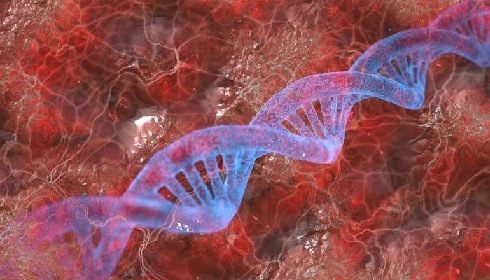
Study Reveals Rising Cancer Incidence in Younger Birth Cohorts
A recent study published in The Lancet Public Health has highlighted a concerning trend: younger birth cohorts are experiencing a higher incidence of various common cancers. The research, led by Hyuna Sung, Ph.D., from the American Cancer Society, analyzes data from January 1, 2000, to December 31, 2019, to assess cancer incidence and mortality across different birth cohorts.
The study examined 34 types of cancer for incidence rates and 25 types for mortality rates, focusing on individuals aged 25 to 84. By analyzing data from birth cohorts spanning from 1920 to 1990, the researchers calculated incidence rate ratios (IRRs) and mortality rate ratios (MRRs) adjusted for age and birth effects.
The findings reveal a troubling increase in IRRs for eight types of cancer across successive birth cohorts. Notably, individuals born in 1990 have about two to three times higher incidence rates of cancers such as small intestine, kidney and renal pelvis, pancreatic, and liver and intrahepatic bile duct cancers compared to those born in 1955. The IRRs for these cancers range from 2.05 to 3.56. The trend is particularly evident in cancers affecting both men and women, with liver and intrahepatic bile duct cancers showing a significant increase in women (IRR of 2.05).
For nine additional cancers, the study observed an increase in IRRs among younger cohorts following a decline in older cohorts. The MRRs mirrored these trends, increasing for cancers such as liver and intrahepatic bile duct in women and uterine corpus, gallbladder, testicular, and colorectal cancers. In contrast, MRRs for most cancers either declined or stabilized among younger birth cohorts.
The authors of the study emphasize the critical role of early lifetime exposures and suggest that addressing environmental and lifestyle risk factors could prevent a substantial proportion of these cancers. Their findings underscore the need for proactive measures to modify risk factors and potentially reduce cancer incidence in future generations.